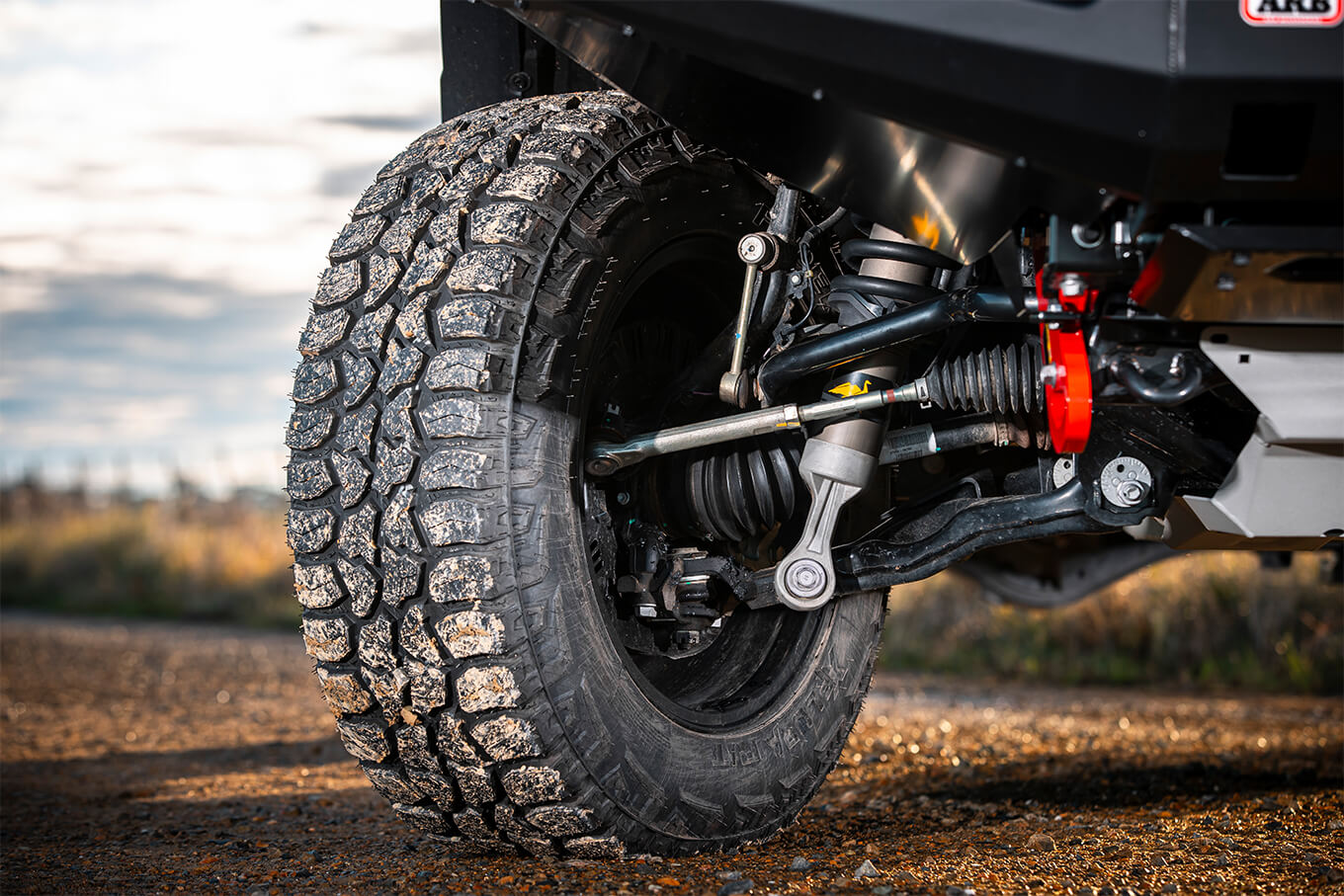Cowl Trim Tag – What Is It and How Do I Use It?
The cowl trim tag was used on chevrolet cars during the classic car era to record descriptions and installed options. The cowl trim tag is a thin aluminum plate that was riveted to the firewall or “cowl” of GM classic cars.
The cowl trim tag is often mistaken to be the holy grail of classic car identification. Sorry to say, it won’t reveal every detail about your classic car.
OK. So who needs to know these things? Anyone who knows which series of classic cars were a hot item, like an SS, would want to verify an SS series classic car if they were restoring or buying one. If a classic car were dramatically modified over the years, you would need this information. Considering the asking prices for some hot classic muscle cars are now higher than new cars, you want to be sure you get what you pay for.
Imagine this…You’ve recently bought a 1964 Impala that looks like it’s seen better days. Someone in the car’s past thought it would look better in white paint with a red crushed velvet interior… with dingle balls. It just has to go back to original, you wouldn’t be seen dead in that interior.
So let’s look at the cowl trim tag on this 64 Impala and see what it says. Keep in mind the format for the cowl trim tag is different for other ranges of years. This format only applies to years 1964 through 1967.
- CHEVROLET GENERAL MOTORS CORP
- 04D DETROIT MICHIGAN
- STYLE 64-1847 AT013173 BODY
- TRIM 874 975 PAINT
- ACC E 2KS
- THIS CAR FINISHED WITH
- MAGIC MIRROR ACRYLIC LACQUER
- BODY BY FISHER
Line 2 in this cowl trim tag has the production date code. This is important when Regular Production Option codes (RPO’s) may have changed at some point during the model year and you need to be sure which option belongs on your car.
Line 3 is the model year-body style, assembly plant and chassis number. The body style number says it was a v8 model 2 door sport coupe. AT means the car was assembled in Atlanta. The chassis number would only mean something if it were something special like the first 64 Impala produced. The chassis number is also in the VIN.
Line 4 is for the trim code which tells us about the interior, and then the paint code. In this case we want to know that the interior was done in red cloth with a split front bench seat. The paint was 2 tone, Desert Fawn on top and Sunfire Red on the lower half. Hmm, that sounds like a nice color combination!
Line 5 is the accessory code. This line is made up of 1-5 groups of codes. This cowl trim tag only has the first 2 groups. If the cowl trim tag has no codes in the other groups, you should assume those options were never installed. The E in group one tells us it has factory tinted glass all around. The number 2 delineates group 2, K is air conditioning, and S is manual rear antenna.
How would we use this cowl trim tag info? If we needed to replace some glass, we’d look for tinted windows, or if the rear antenna was missing we’d know we had to replace it.
This doesn’t reveal anything fantastic about the car except that it would be useful info if the car was missing indicated parts. The option codes would be in group 4 of line 5 if the car were an SS. Since there are none, we know we have a 2 tone red and beige 2 door v8 sport coupe with factory air. In this case, this info helps a lot!
You would use the information found on the cowl trim tag in addition to Suffix Code Guides, and along with Factory Part and Casting Number Guides in order to get the full picture. Together with the Factory Shop Manual and Assembly Manual, tearing down your classic car and re-assembling it is almost like paint by number.








